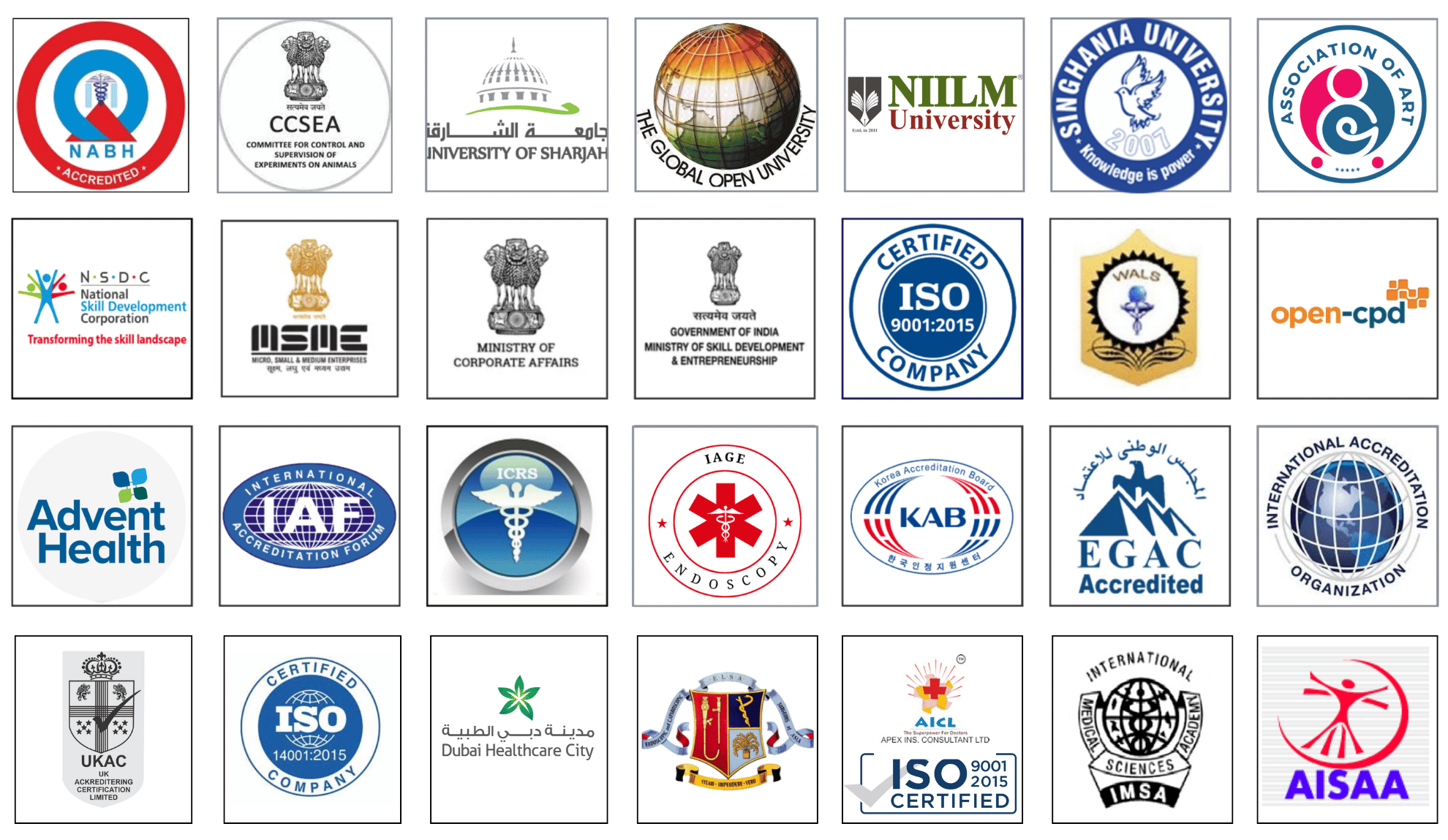Video of Mistakes and Errors in Minimal Access Surgery
In this video, we will discuss that While Minimal Access Surgery (MAS) offers numerous benefits—such as smaller incisions, faster recovery, and reduced postoperative pain—it is also associated with a unique set of challenges that can lead to serious errors if not carefully addressed. In this video titled "Mistakes and Errors in Minimal Access Surgery," we explore the most common pitfalls encountered in laparoscopic and robotic surgery, analyze their root causes, and present strategies to prevent them through structured training, vigilance, and sound surgical technique.
Common Errors in Minimal Access Surgery
Incorrect Port Placement
Poorly planned port positions can lead to limited instrument mobility, camera fogging, awkward angles, and increased risk of trocar injury to internal organs or vessels.
Injury During Access (Pneumoperitoneum)
One of the most critical phases, Veress needle or trocar insertion can cause injury to bowel, bladder, or major vessels if not done correctly. Blind entry in patients with previous surgeries increases risk of adhesions and visceral trauma.
Loss of Orientation and Depth Perception
Due to the two-dimensional camera view, surgeons may misjudge distances, leading to imprecise dissection, vascular injury, or unintended burns.
Improper Use of Energy Devices
Misuse of monopolar, bipolar, or ultrasonic instruments can cause thermal injury to adjacent structures, delayed perforations, or fistula formation.
Inadequate Hemostasis and Bleeding Control
Failure to recognize and control bleeding can lead to rapid blood loss or conversion to open surgery.
Instrument Collision and Lack of Team Coordination
Clashing instruments and poor communication between the camera assistant and surgeon often result in prolonged operative times and frustration, especially in teaching environments.
Improper Suturing and Knotting Techniques
Loose knots, incorrect needle angle, or tissue tearing during suturing may lead to complications such as anastomotic leaks or vault dehiscence.
Root Causes of These Errors
Inadequate training and hands-on experience
Overconfidence or lack of respect for anatomy
Poor ergonomics and OT setup
Fatigue, stress, and long operating times
Lack of standardized protocols or checklists
Strategies for Prevention and Safety
Conducting preoperative planning with port mapping based on anatomy and procedure
Using simulation-based training and dry-lab practice for suturing, knotting, and camera navigation
Ensuring team coordination and clear communication in the operating room
Adhering to safety checklists, especially during entry and energy application
Reviewing surgical videos to analyze and reflect on technique
Conclusion
Understanding the mistakes and errors in Minimal Access Surgery is the first step toward becoming a safer and more effective laparoscopic surgeon. This video offers not just a list of common errors, but real solutions backed by experience, training, and global best practices. With constant vigilance, ongoing learning, and team-based execution, these errors can be minimized—resulting in better outcomes and safer surgeries.
Watch the full video to identify common surgical pitfalls, learn from real-world experiences, and enhance your performance in laparoscopic surgery. Don’t forget to like, comment, and subscribe for more surgical education from World Laparoscopy Hospital.
No comments posted...
| Older Post | Home | Newer Post |





